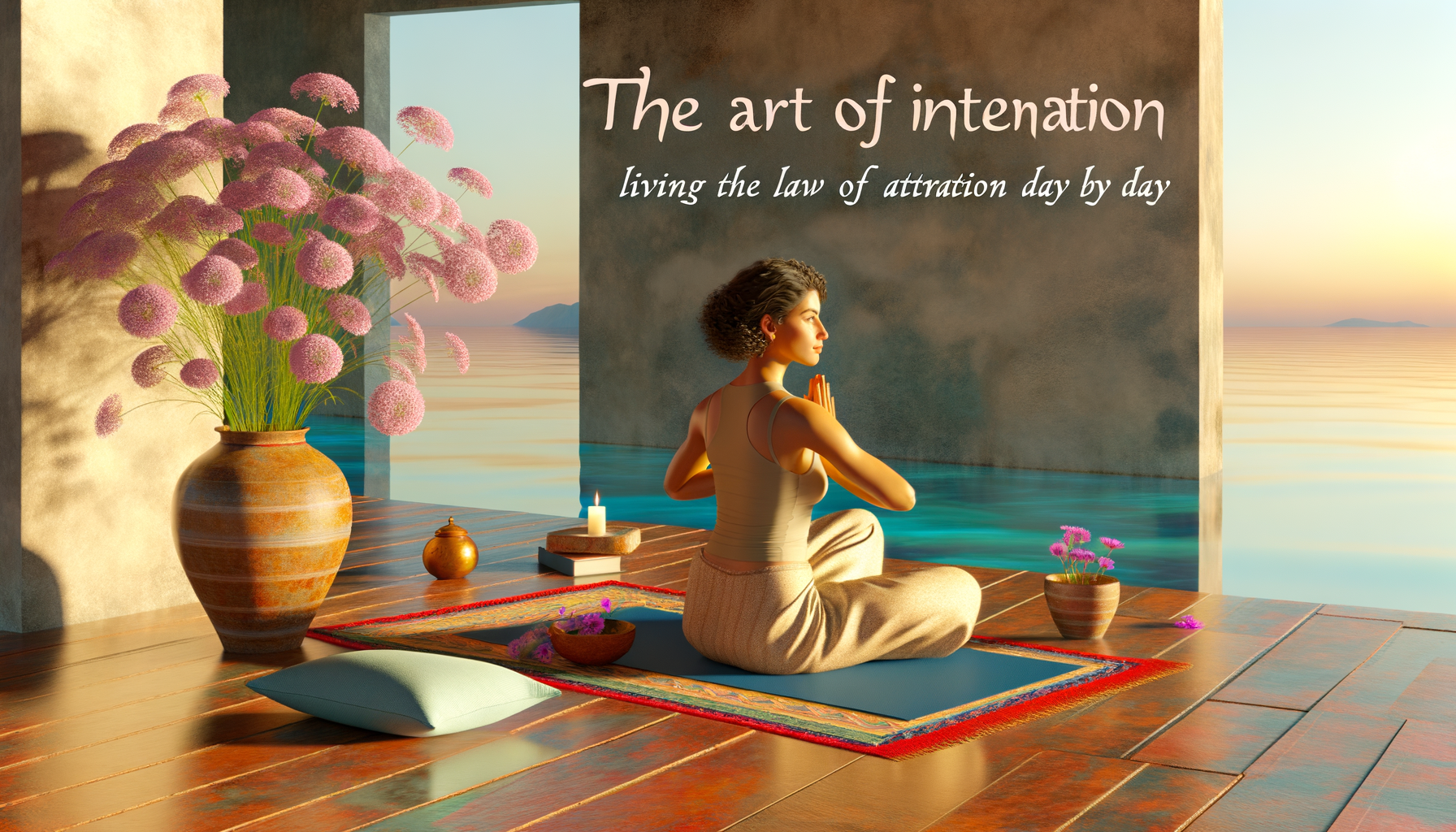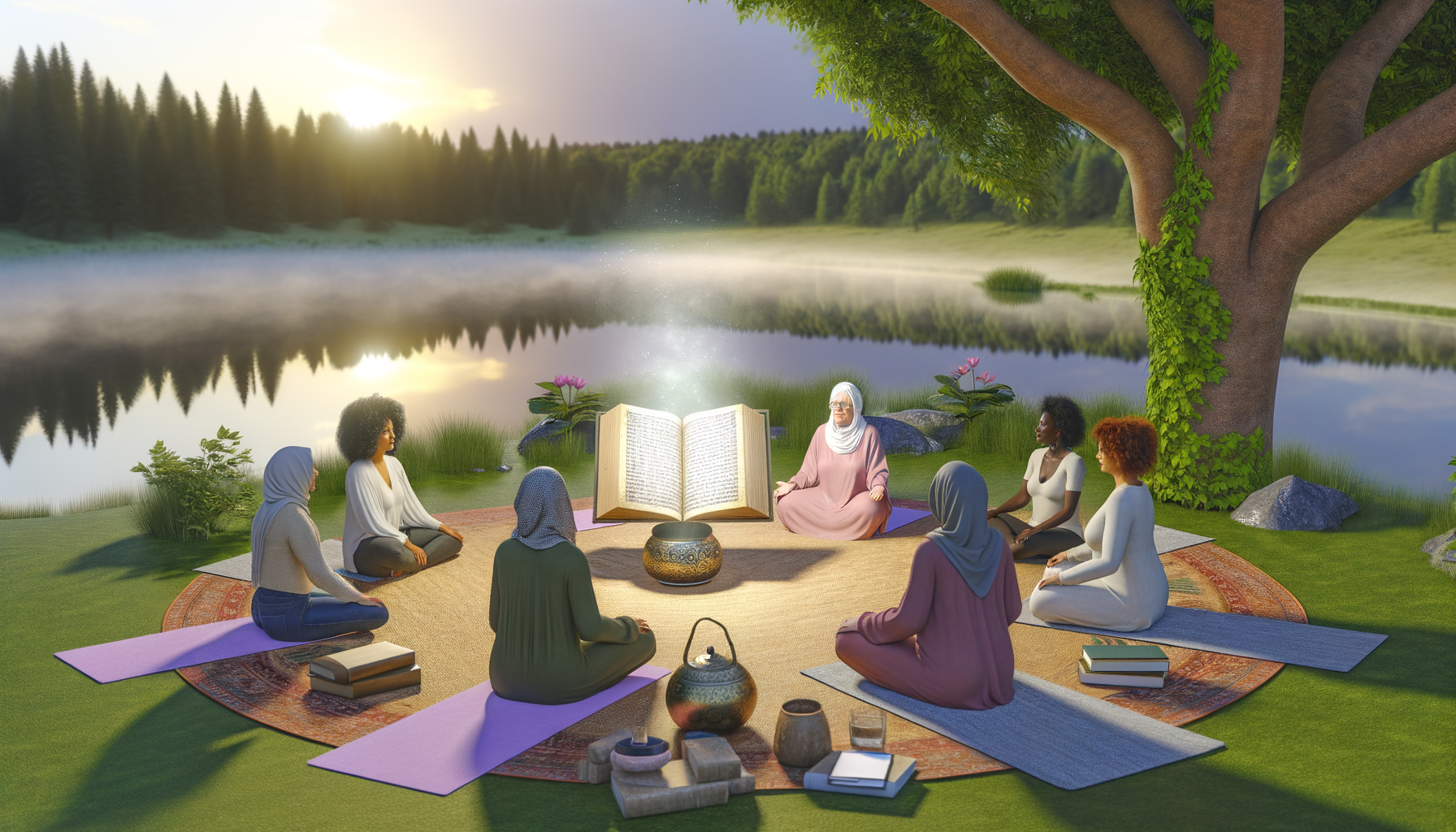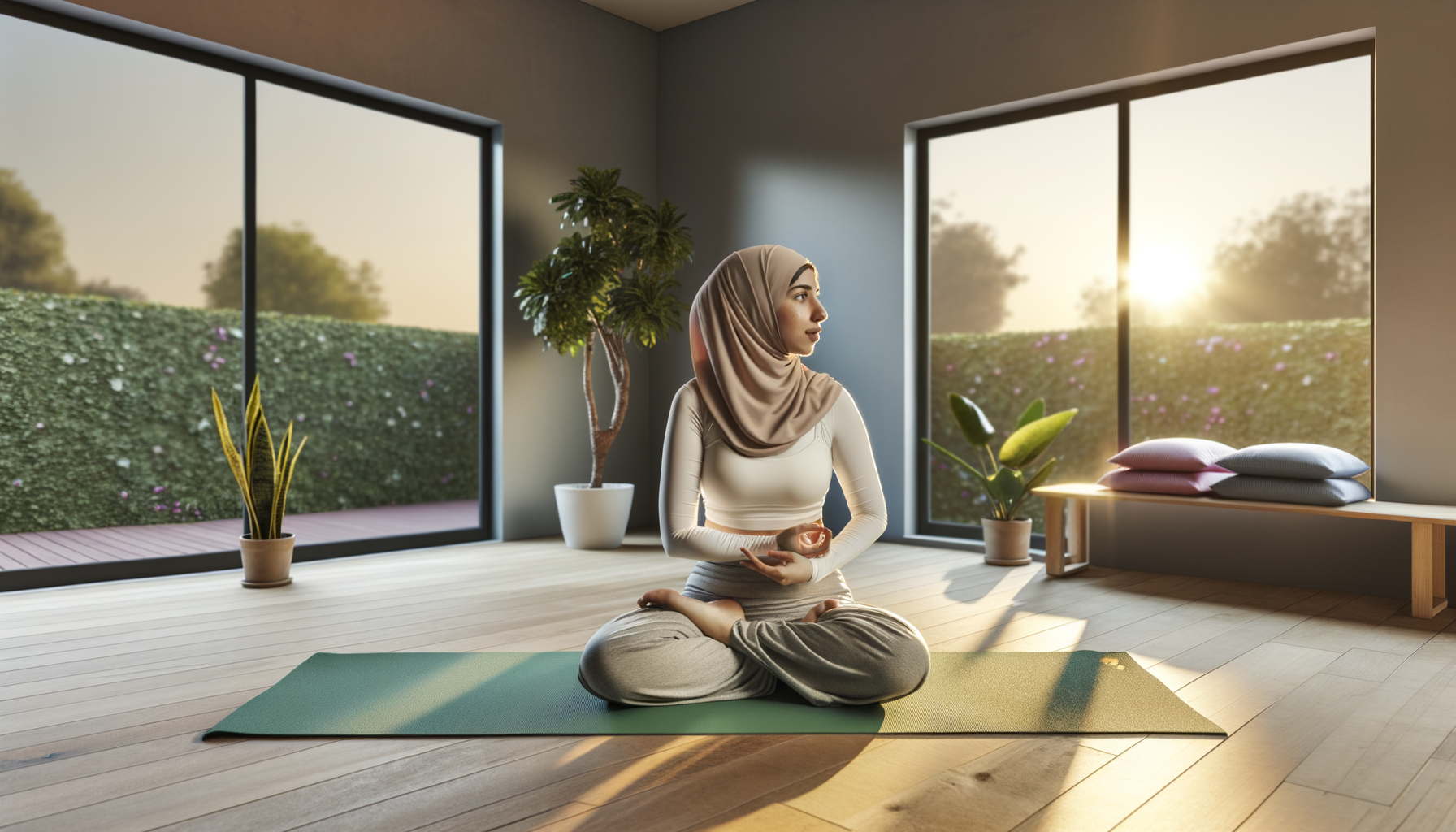
Introduction
The Importance of Effective Communication in Conflict Resolution
Conflict is an inevitable part of human relationships, including those at work. The ability to navigate and resolve these conflicts is crucial for maintaining a productive and harmonious environment. Effective communication plays a central role in conflict resolution, enabling individuals to express their perspectives and find common ground. It is the bridge that connects differing opinions and facilitates a pathway to understanding and collaboration. By addressing disputes promptly and openly, we can prevent the escalation of tensions and foster a culture of transparency and trust.
Understanding the Role of Emotions in Conflicts
Emotions are deeply intertwined with conflicts. They can both fuel disagreements and be a product of them. Recognizing the emotional undercurrents in a conflict situation is essential for resolution. It is important to acknowledge and validate these emotions, not only in ourselves but also in others. By doing so, we create a space where individuals feel heard and understood, which is a critical step towards de-escalating the situation and moving towards a solution. Understanding emotions also involves being aware of non-verbal cues, such as body language and tone, which can convey much more than words alone.
Setting the Stage for Constructive Dialogue
Constructive dialogue is the cornerstone of effective conflict resolution. To set the stage for such dialogue, it is imperative to establish a safe and open environment where all parties feel comfortable to express their thoughts and feelings without fear of judgment or reprisal. This involves setting clear expectations for the communication process, including active listening, respectful exchange of ideas, and the use of neutral language. By fostering an atmosphere of mutual respect and understanding, we lay the groundwork for productive conversations that can lead to meaningful resolutions.
Self-Reflection: The Starting Point of Conflict Resolution
Identifying Personal Triggers and Biases
Conflict resolution begins with an inward journey. It is essential to recognize that our perceptions of conflict are deeply influenced by personal triggers and biases. These triggers may stem from past experiences, cultural backgrounds, or deeply held beliefs. To navigate conflict effectively, we must first identify these triggers. This self-awareness allows us to approach disagreements with a clearer understanding of why certain issues may cause a strong emotional response. By acknowledging our biases, we can strive to view the situation more objectively and respond in a manner that fosters resolution rather than escalation.
Acknowledging Your Role in the Conflict
It is equally important to acknowledge our role in the conflict. Often, we may perceive ourselves as the aggrieved party, overlooking how our actions may have contributed to the situation. Taking responsibility for our part in a disagreement is a powerful step towards resolution. It demonstrates maturity and opens the door for the other party to reciprocate, creating an environment where both sides can work towards a mutual understanding and a constructive outcome.
Clarifying Your Needs and Desires
At the heart of many conflicts lie unmet needs and desires. Whether it’s a need for respect, autonomy, or a specific outcome, it’s crucial to clarify what we truly seek from the resolution process. This clarity not only guides our negotiation and communication strategies but also helps us to remain focused on the ultimate goals rather than getting sidetracked by the heat of the moment. When we understand our needs, we can communicate them more effectively to others, paving the way for a resolution that honors the needs of all parties involved.
In conclusion, self-reflection is a critical first step in conflict resolution. By identifying our triggers and biases, acknowledging our role in the conflict, and clarifying our needs and desires, we set the stage for a constructive dialogue that can lead to meaningful and lasting solutions.
Active Listening: A Key to Unlocking Understanding
Principles of Active Listening
Active listening is a foundational element of effective communication, particularly in the context of conflict resolution. It involves fully concentrating on the speaker, understanding their message, responding thoughtfully, and remembering the information conveyed. The principles of active listening include giving the speaker your undivided attention, refraining from interrupting, and providing feedback that shows you are engaged. It’s about creating a space where the speaker feels respected and heard, which can significantly de-escalate potential conflicts and pave the way for mutual understanding.
Techniques for Demonstrating Empathy
Empathy is the heart of active listening and conflict resolution. Demonstrating empathy involves more than just understanding another’s feelings; it’s about conveying that understanding back to the speaker. Techniques to show empathy include:
- Maintaining eye contact: This nonverbal cue shows you are focused and interested in what the speaker is saying.
- Using affirming body language: Nodding and leaning in slightly can signal that you are attentive and care about the conversation.
- Verbal affirmations: Simple acknowledgments like “I see” or “I understand” validate the speaker’s feelings.
- Reflecting and paraphrasing: Summarizing the speaker’s words in your own language shows that you are processing and valuing their message.
- Asking open-ended questions: Inquiries such as “How did that make you feel?” encourage deeper sharing and show genuine interest.
Avoiding Miscommunication Pitfalls
Miscommunication can easily occur when active listening is not practiced. To avoid these pitfalls, one must:
- Resist formulating a response while listening: Stay present with the speaker’s message instead of preparing your reply.
- Avoid assumptions: Clarify any points of uncertainty rather than assuming you understand the speaker’s intent.
- Keep an open mind: Be willing to hear and consider perspectives that differ from your own.
- Refrain from judgment: Approach the conversation with neutrality to foster a safe space for honest dialogue.
- Be patient: Allow the speaker to express their thoughts fully without rushing them or jumping to conclusions.
By adhering to these principles and techniques, and avoiding common miscommunication pitfalls, active listening becomes a powerful tool in resolving conflicts and fostering deeper, more harmonious relationships.
Nonviolent Communication: Expressing Yourself Clearly and Compassionately
The Four Components of Nonviolent Communication
Nonviolent Communication (NVC), developed by psychologist Marshall Rosenberg, is a powerful framework for fostering empathy and resolving conflicts. At its core, NVC involves four key components:
- Observation: Describe the situation without judgment or evaluation. For example, “I noticed you were on your phone during our meeting.”
- Feelings: Express your feelings in relation to the observation. “I felt distracted and undervalued.”
- Needs: Identify and articulate the underlying needs that are connected to the feelings. “I need to feel that our discussions are important and that my contributions are valued.”
- Requests: Make clear, specific requests without demanding. “Could we agree to keep our phones away during meetings to ensure everyone is engaged?”
Practicing Nonviolent Communication in Difficult Conversations
Implementing NVC in challenging dialogues requires patience and practice. Begin by grounding yourself in the intention to understand and connect, rather than to persuade or win. Approach the conversation with openness, using the four components as a guide. For instance, when addressing a recurring issue, focus on the facts (“I’ve noticed this has happened several times”), express your feelings without blame (“I’m concerned and would like to understand more”), and invite collaboration by expressing needs and making requests (“I need to find a solution that works for both of us. Could we discuss possible changes?”).
The Power of Empathy in Expressing Personal Needs
Empathy is the heart of NVC. It involves listening deeply to others and ourselves, acknowledging and reflecting feelings and needs. When we express our needs empathetically, we foster connection and mutual understanding. For example, instead of saying, “You never help around the house,” you might express, “I feel overwhelmed with chores and need support to manage the household. Could we create a shared task list?” This approach invites cooperation rather than defensiveness, paving the way for more harmonious relationships.
By integrating the principles of NVC into our daily interactions, we can transform potential conflicts into opportunities for growth and deeper connection. It’s a journey that not only enhances our communication skills but also enriches our relationships with compassion and clarity.
Negotiation and Compromise: Finding Common Ground
Strategies for Win-Win Solutions
Conflict resolution is not about one side winning and the other losing; it’s about finding solutions that satisfy the needs of all parties involved. To achieve win-win outcomes, it’s essential to identify shared interests and goals. Begin by exploring areas where you agree, as these can serve as a foundation for building agreements. Encourage each party to express their underlying needs and concerns, and use creative problem-solving to find ways to meet these needs. Remember, the goal is to reach an outcome that all parties can live with, not to score points at the other’s expense.
The Art of Compromise Without Losing Sight of Your Needs
Compromise is a critical component of conflict resolution, but it should not come at the cost of your core needs and values. To compromise effectively, first clarify what you absolutely need versus what you are willing to be flexible on. Approach the negotiation with an open mind, ready to adjust your position while keeping your key interests intact. When proposing a compromise, frame it in a way that highlights the benefits to the other party, and be prepared to explain how the compromise still aligns with your essential needs.
Setting Boundaries and Limits
While negotiation is about give and take, it’s also about knowing your limits. Setting clear boundaries is crucial for a healthy and productive negotiation process. Be upfront about your non-negotiables and explain why they are important to you. This transparency helps prevent misunderstandings and sets the stage for respectful dialogue. It’s equally important to recognize and respect the other party’s boundaries. When both sides understand and agree to operate within these parameters, the negotiation is more likely to progress in a positive direction.
Remember, effective negotiation and compromise require a balance of assertiveness and empathy. By employing these strategies, you can work towards solutions that honor everyone’s needs, leading to lasting and harmonious resolutions.
Maintaining Relationships: Beyond the Resolution
Building Trust and Safety Post-Conflict
After a conflict has been resolved, it’s essential to rebuild trust and a sense of safety between the parties involved. Trust is the foundation of any strong relationship, and safety ensures that individuals feel secure enough to express themselves honestly in the future. To foster trust, be consistent in your actions and follow through on any promises made during the resolution process. It’s also important to demonstrate understanding and empathy towards the other person’s feelings and perspectives. This can be achieved by acknowledging the conflict’s impact on them and showing genuine concern for their well-being.
Continued Communication and Check-ins
Effective conflict resolution is not the end of the journey; it’s a part of an ongoing process of communication. Regular check-ins can help prevent the recurrence of past issues and facilitate the early detection of new ones. These check-ins should be approached with an open mind and a willingness to listen. They provide an opportunity to clarify misunderstandings, express appreciation for the relationship, and reinforce the commitment to working together harmoniously. Continued communication also means being proactive in sharing positive feedback, not just concerns, which contributes to a more balanced and rewarding interaction.
Learning from Conflict for Future Interactions
Every conflict offers valuable lessons that can enhance future interactions. Reflect on the conflict and the resolution process to identify what worked well and what could be improved. Consider the strategies that facilitated a successful outcome, such as active listening or expressing needs clearly. By learning from these experiences, you can develop more effective communication patterns and conflict resolution skills. It’s also beneficial to recognize the role of compromise and the importance of respecting each other’s boundaries. Sharing these insights with the other person can help both parties grow and prevent similar conflicts from arising in the future.
In conclusion, maintaining relationships after a conflict requires ongoing effort and commitment. By building trust, engaging in continuous communication, and learning from past conflicts, you can strengthen your relationships and create a more harmonious environment. Remember, the goal is not to avoid conflict altogether but to handle it in such a way that your relationships emerge stronger and more resilient.
Conclusion
Summary of Key Communication Strategies for Conflict Resolution
Throughout this article, we have explored various communication strategies essential for effective conflict resolution. We began by emphasizing the importance of effective communication and understanding the role of emotions in conflicts. We then delved into self-reflection, identifying personal triggers and biases, and acknowledging our role in the conflict. Clarifying our needs and desires is crucial to setting the stage for constructive dialogue.
Active listening emerged as a cornerstone of understanding, with principles and techniques such as maintaining eye contact, empathetic responses, and avoiding interruptions except for clarification. We discussed the transformative power of Nonviolent Communication, including its four components and the emphasis on expressing ourselves with clarity and compassion. Negotiation and compromise were highlighted as means to finding common ground, while maintaining the integrity of our needs and setting appropriate boundaries.
Encouragement for Ongoing Practice and Personal Growth
Conflict resolution is not a one-time skill to be mastered but a continuous journey of personal growth. It requires ongoing practice and a commitment to self-improvement. As we engage in these communication strategies, we become more adept at navigating conflicts with grace and effectiveness. We encourage readers to embrace this journey, recognizing that each conflict presents an opportunity to refine our skills and deepen our understanding of ourselves and others.
Remember, the goal is not to avoid conflict but to manage it in a way that strengthens relationships and fosters a collaborative environment. By committing to practice, we can transform potential breakdowns into breakthroughs, leading to more harmonious and productive interactions.
Final Thoughts on the Journey to Effective Communication and Harmonious Relationships
In conclusion, the path to effective communication and harmonious relationships is paved with patience, empathy, and a willingness to listen and understand. By employing the strategies discussed, such as active listening, Nonviolent Communication, and negotiation, we can approach conflicts not as battles to be won but as dialogues aimed at mutual understanding and resolution.
As we integrate these practices into our daily interactions, we not only resolve conflicts more effectively but also build stronger, more resilient relationships. The journey to becoming a skilled communicator is ongoing, and each step forward enriches our personal and professional lives. Let us move forward with the knowledge that our words and actions have the power to bridge divides and heal wounds, creating a world where conflicts become conduits for growth and connection.








